- Python
- Java
- Javascript / Jquery
- C, C# & C++
- SQL
- PHP
- Go
- Ajax
- Visual Basic (ms office)
- Angular
- Laravel
- .net & asp.net
- Flex, Flash
- Linux
- Swift
- Rust
- Matlab
- Django
- Ruby On Rails
- MEAN Stack
- MERN Stack
- MEVN Stack
- LAMP Stack
- LEMP Stack
- LAPP Stack
- LEAP Stack
- LLMP Stack
- XAMPP Stack
- WAMP Stack
- WIMP Stack
- MAMP Stack
- Flutter Stack
- Serverless Stack
- Misc & Others
- Browse All Categories
The Ultimate CSS Guide: Everything You Need to Know About Styling Web Pages
If you've been wondering how to create appealing web pages, you've come to the right place. In this CSS guide, we will be exploring the power of CSS in web design and styling.CSS stands for Cascading Style Sheets. It is a coding language that works together with Hypertext Markup Language (HTML) to define how elements on a webpage should be displayed. CSS gives full control to Web developers over the layout, colors, fonts, and other visual aspects of a website. It separates content from presentation and makes the process of maintaining and updating a website's styling across multiple pages very easy.
You can select HTML elements or groups of elements and apply styles to them using CSS. This is done with the help of selectors, which target specific elements based on their tags, classes, IDs, or other attributes. After defining a selector, properties like color, font size, margin, and padding can be changed, altering the visual appearance of the selected elements.
CSS gives you a wide range of styling options and techniques. These include box model manipulation, flexbox, grid layouts, animations, and transitions. It also provides support for media queries. It helps to apply various styles based on the device or screen size, enabling responsive design. Web developers find it very easy to create visually appealing and consistent websites using CSS which helps to improve the overall user experience
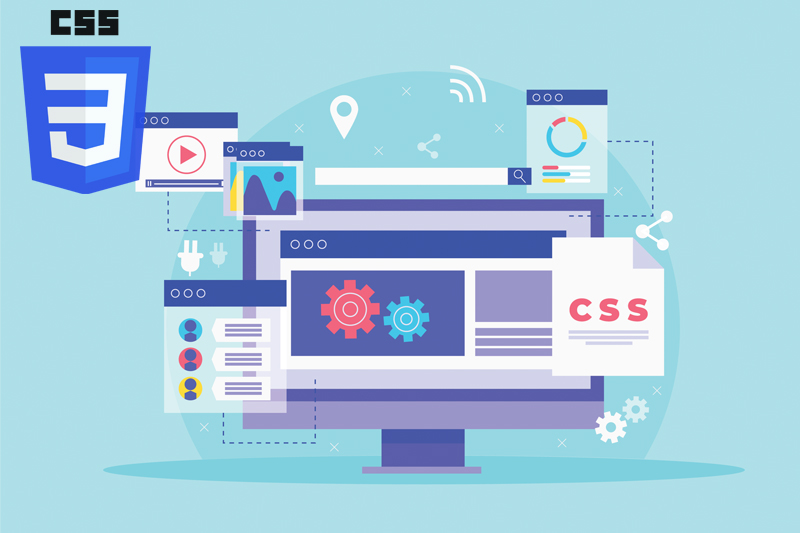
Features of CSS
Provides a wide variety of selectors for targeting specific elements
- Allows developers to manipulate the box model (sizing, spacing, padding, margin)
- Create appealing typography that enhances readability and visual appeal. (fonts, sizes, weights)
- Enables the specification of colors using various formats, including named colors, hexadecimal codes, RGB, and HSL values
- Provides flexible layout options (float, positioning, flexbox, grid) to create responsive and adaptive designs
- Allows for the creation of smooth transitions and animations, adding interactivity and enhancing user experience
- Supports media queries, which allow developers to apply different styles based on specific conditions, such as screen size, device orientation, or print media
- Supported by all modern web browsers
How to Get Started with CSS
Getting started with CSS is an exciting journey that opens up a world of possibilities in web design and styling. The following steps can help you get started with CSS:
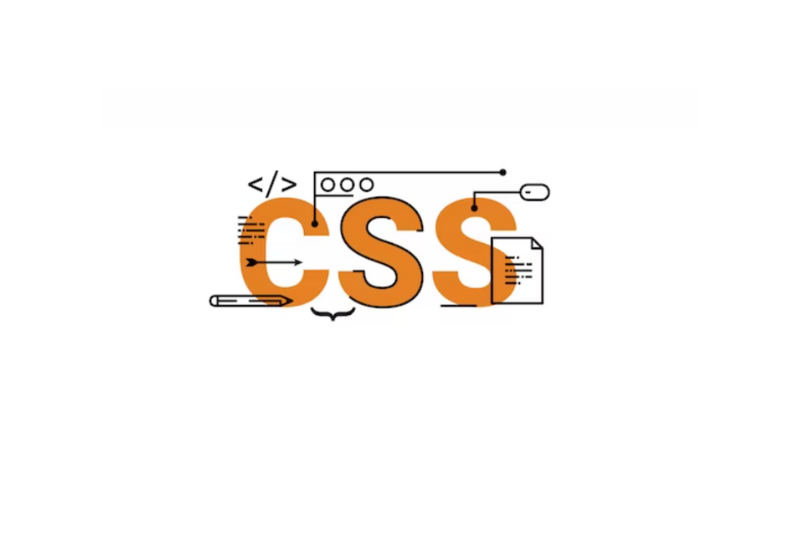
Understand the Basics
To get started with CSS, it's recommended that you first learn the basics of this powerful styling language. Understanding the fundamentals will pave the way for creating visually appealing and well-designed web pages. Here are the key concepts to familiarize yourself with Selectors, Properties and Values, Declarations, Cascading and Specificity, Cascading and Specificity, Box Model, Units of Measurement, Styling Text, and Applying Styles. By understanding these basic concepts, you'll have a solid foundation to start experimenting with CSS and creating visually appealing designs for your web pages. Learn how CSS interacts with HTML to style web pages.
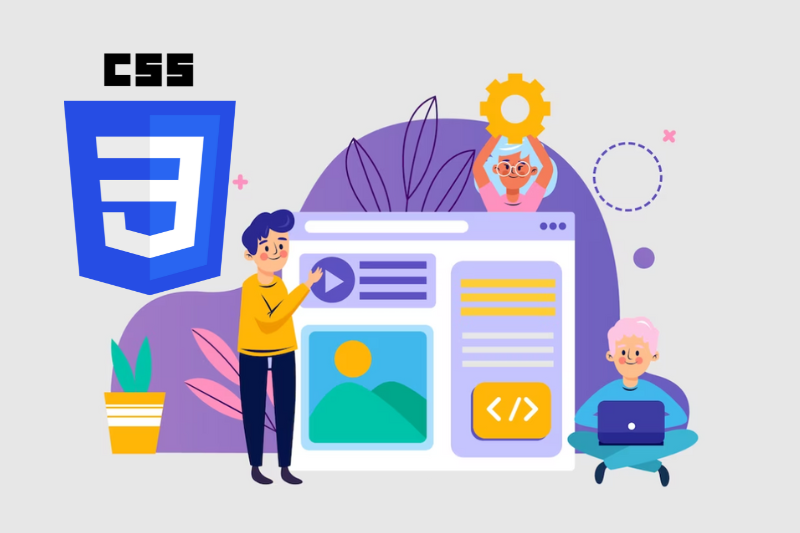
Set Up Your Development Environment
Setting up your development environment correctly is crucial when working with CSS. First, choose a code editor that suits your preferences and provides essential features. Next, create a project structure with organized folders for CSS, HTML, and other assets. Set up an HTML file where you'll link your CSS and add the necessary structure and content. Create a CSS file and link it to your HTML using the <link> tag. Verify the connection by checking if a basic style is applied. Familiarize yourself with browser developer tools for effective debugging and inspection. Install browser extensions for added CSS development assistance. Finally, unleash your creativity and begin styling your web pages using CSS.
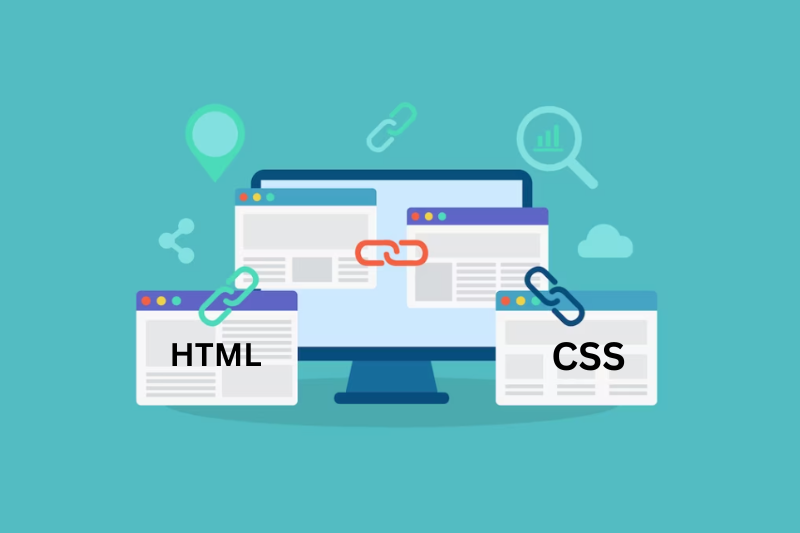
Link CSS to HTML
Linking CSS to HTML is a fundamental step in styling web pages. To link your CSS file to an HTML document, you can use the <link> tag within the <head> section. The <link> tag requires the rel attribute set to "stylesheet" and the href attribute specifying the path to your CSS file. This allows the browser to retrieve and apply the styles defined in the CSS file to the HTML elements. You can control the appearance and layout of your web pages by linking CSS to HTML.
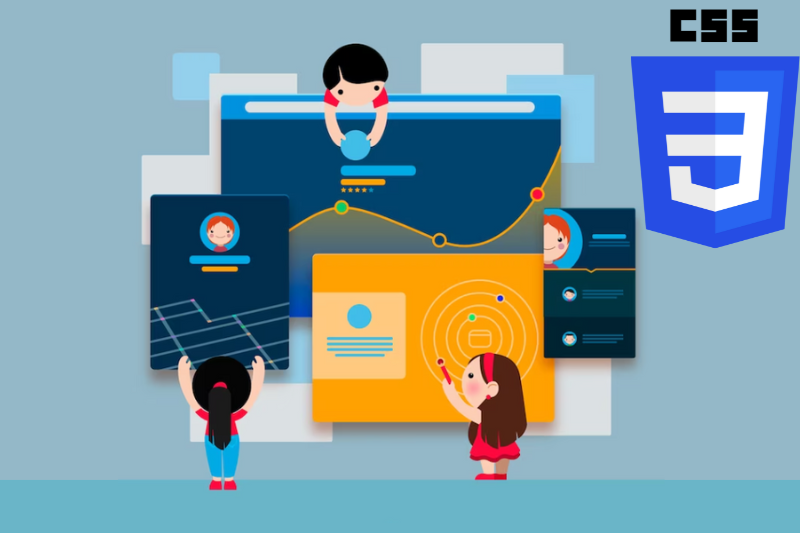
Experiment with Selectors
When you work with CSS you need to experiment with selectors and this is actually an integral part of working with CSS. Selectors help you to find particular HTML elements or groups of elements and add styles to them. There are various types of selectors such as element selectors, class selectors, ID selectors, attribute selectors, and pseudo-class selectors. With the help of these selectors, you can control the styling of individual elements very accurately or even apply styles to more than one element at once. Experimenting with selectors enables you to fine-tune your CSS styles, create dynamic effects, and achieve the desired visual results on your web pages.
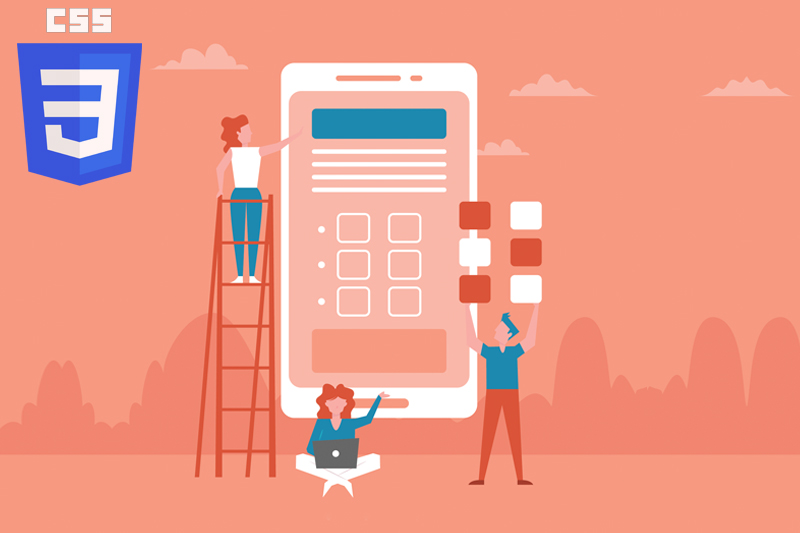
Apply Styles
Applying styles in CSS is a core concept in web development. You can define the visual appearance of HTML elements with CSS by assigning properties and values to them. Styles can be applied using selectors, which target specific elements or groups of elements. You can customize the layout, typography, colors, and other visual aspects of your web pages by using various properties like color, font size, margin, padding, and more.
Whether your target is to create a minimalist design, a vibrant interface, or a decent layout, styling in CSS helps you bring your design vision to life and improve the overall look and feel of your website.
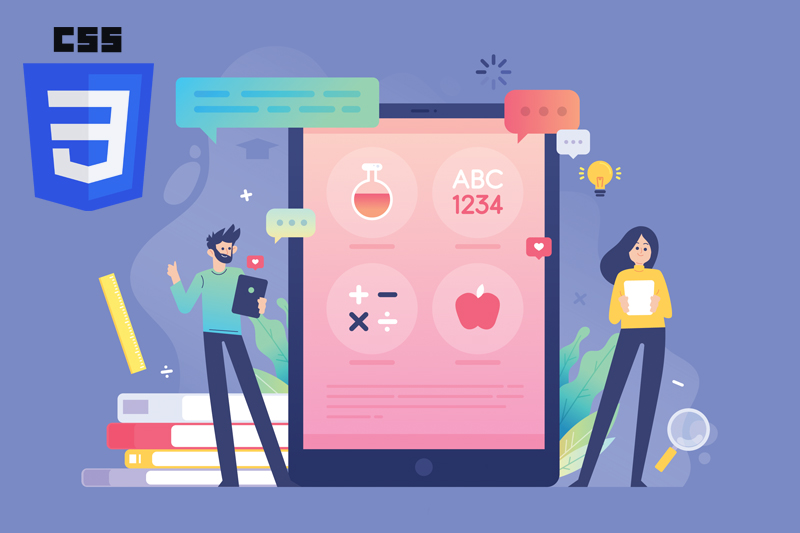
Learn CSS Box Model
The CSS Box Model is a fundamental concept for understanding element layout and spacing on web pages. It consists of the content, padding, border, and margin. By manipulating these components, you can control element dimensions and spacing, achieving precise layouts and visual effects. Mastering the Box Model allows you to create well-structured webpages with appealing designs and optimal user experiences. Mastering the CSS Box Model is crucial for achieving precise control over the layout and design of your web pages. Using this knowledge you can easily create well-structured and visually appealing websites that provide a smooth user experience.
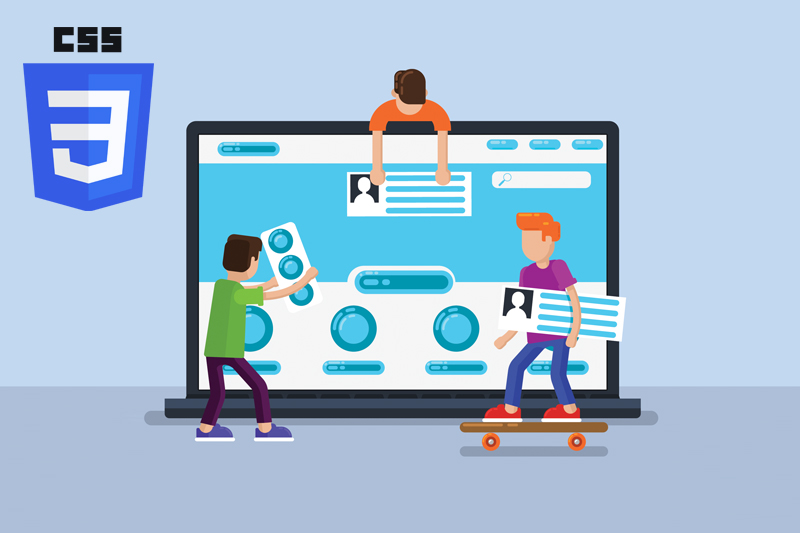
Practice Layout Techniques
Practicing CSS layout techniques is essential for mastering web development. Explore float-based layouts, flexbox, and CSS grids to create responsive and dynamic designs. These techniques enable precise control over element positioning and adaptability to different devices. By Refining your skills in CSS layout, you will be able to create visually appealing and well-organized web layouts that enhance user experiences. By practicing these layout techniques, you'll gain hands-on experience in structuring and positioning elements on a webpage. This will enhance your ability to create visually appealing and well-organized layouts that adapt to different screen sizes and devices
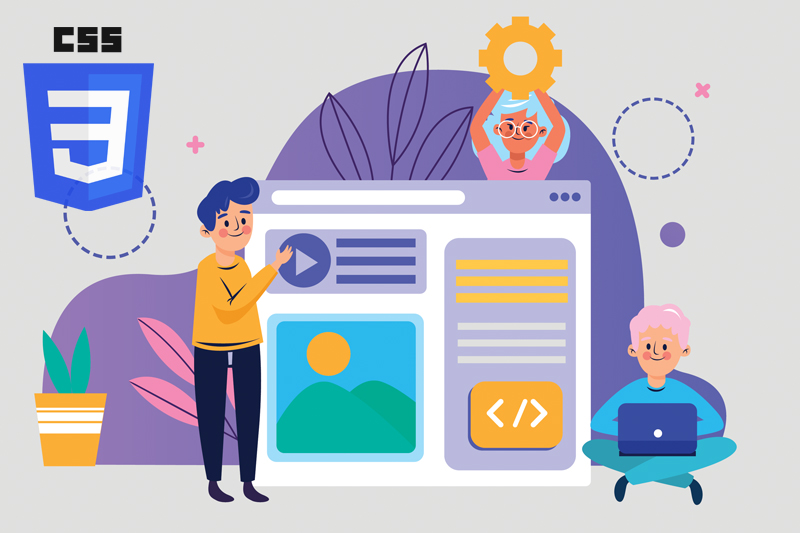
Experiment with Advanced Features
Once you have a solid understanding of the basics, dive into more advanced CSS features like transitions, animations, media queries, and CSS frameworks. Experimenting with advanced CSS features allows you to create unique design effects and elevate your web development skills. CSS animation transforms, transitions, and filters offer powerful tools for creating captivating and visually appealing web experiences. These features can add interactivity, responsiveness, and visual enhancements to your web pages. By exploring these features, you can push the boundaries of traditional design and unleash your creativity in developing immersive and engaging websites
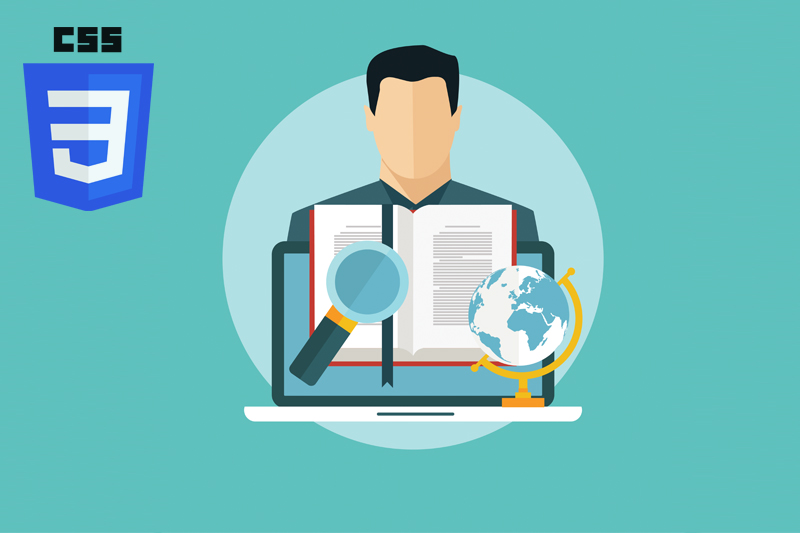
Learn from Resources
Explore CSS communities and forums to connect with other developers and learn from their experiences. Leveraging online resources is essential for mastering CSS. Websites like W3Schools, MDN, and CSS-Tricks offer comprehensive tutorials, examples, and documentation. Books and video courses are also valuable sources of learning. You can sharpen your CSS skills, stay updated with the changes in the language and create engaging and appealing web pages.
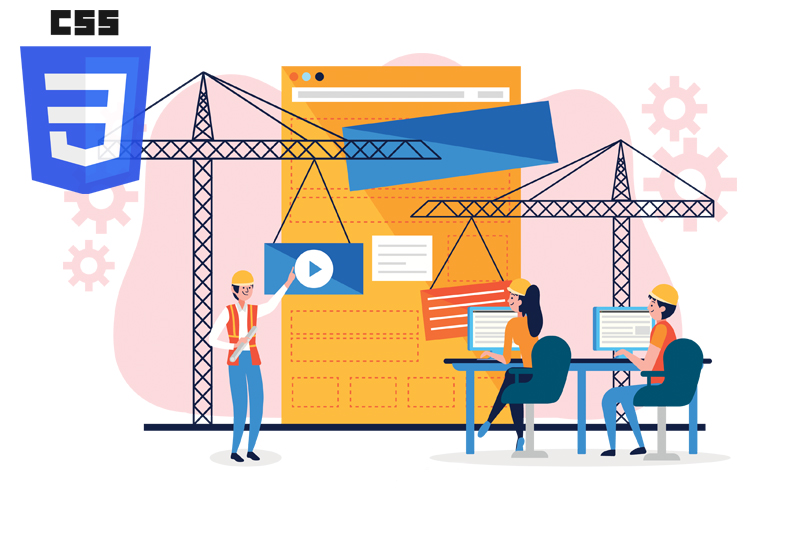
Practice and Build Projects
The best way to solidify your CSS skills is through practice. Practicing and building projects in CSS is essential for mastering web development. Through hands-on experience, you can strengthen your skills, apply CSS concepts to real-world scenarios, and gain a deeper understanding of responsive design and layout techniques. By taking on projects aligned with your interests, you'll enhance your problem-solving abilities and be well-prepared to create visually appealing websites. As you gain experience, you'll become more comfortable and proficient with CSS.
Frequently asked Question
Learn about features from FAQ!
Here are some frequently asked questions (FAQs) about HTML5, along with their answers:
A: CSS works together with HTML to define how elements on a webpage should be displayed. It allows web developers to control the layout, colors, fonts, and other visual aspects of a website.
A: CSS allows for easy maintenance and updates of a website's styling. Changes can be applied globally, improving consistency across multiple web pages. It also separates content from presentation, making it easier to manage and modify the design.
A: CSS applies styles to HTML elements using selectors. Selectors target specific elements based on their tags, classes, IDs, or other attributes. Once selected, properties such as color, font size, margin, and padding can be assigned to alter their visual appearance.
A: CSS offers various techniques, including box model manipulation, flexbox, grid layouts, animations, and transitions. These techniques allow developers to create dynamic and visually appealing web designs.
A: Yes, CSS supports responsive design through media queries. Media queries allow different styles to be applied based on the device or screen size, enabling websites to adapt and provide optimal user experiences on different devices.
A: Yes, CSS includes support for defining print styles. Developers can specify how a webpage should be formatted when printed, allowing for customized and optimized print layouts.
A: There are numerous resources available to learn CSS, including online tutorials, documentation, and interactive coding websites. Some popular platforms for learning CSS include MDN Web Docs, W3Schools, and CSS-Tricks.
A: CSS is supported by the majority of modern web browsers. However, some older browsers may have limited support or may require vendor-specific prefixes for certain CSS properties. It's important to consider browser compatibility when developing with CSS.
A: Yes, CSS can be combined with other web technologies such as JavaScript, and frameworks like React or Angular. This allows for more dynamic and interactive web experiences by manipulating CSS styles based on user interactions or application stats.
Conclusion
In conclusion, CSS serves as the foundation of modern web design, enabling developers to enhance static HTML pages with captivating visual appeal. Since CSS is very versatile, it has become an indispensable skill in the world of web development. By mastering CSS, developers achieve the ability to transform their design concepts into visually stunning and user-friendly websites. CSS plays a vital role throughout the web development process and empowers developers to create engaging online experiences that attract users. With CSS as a valuable tool in their arsenal, developers can bring their design visions to life and deliver exceptional web experiences to their audience.


